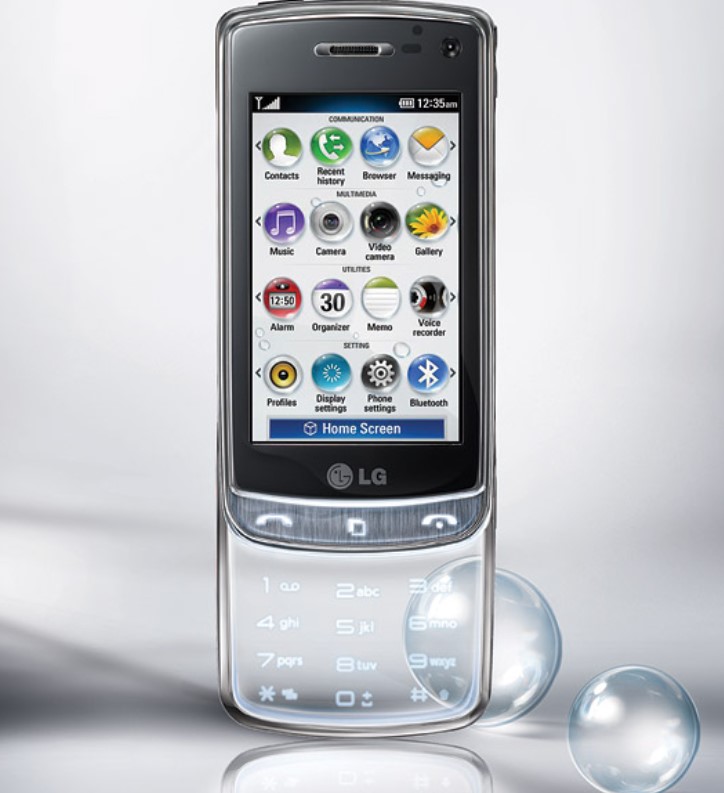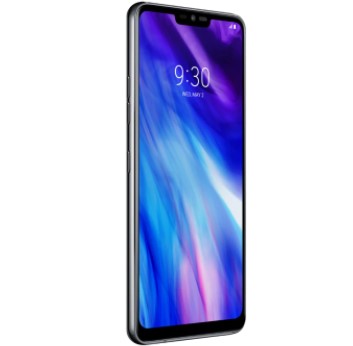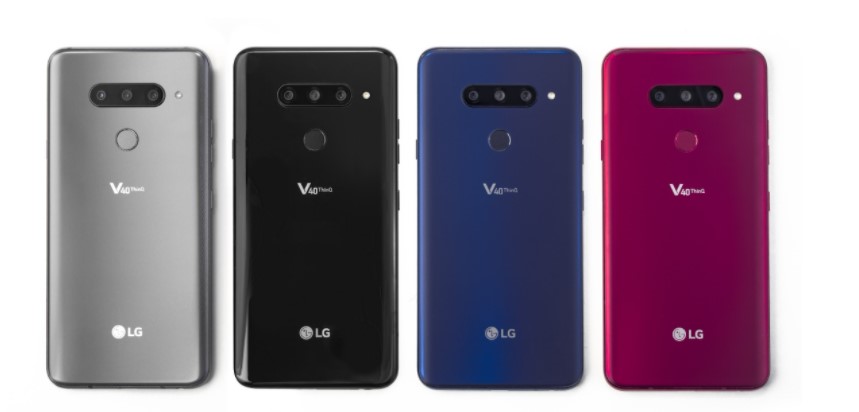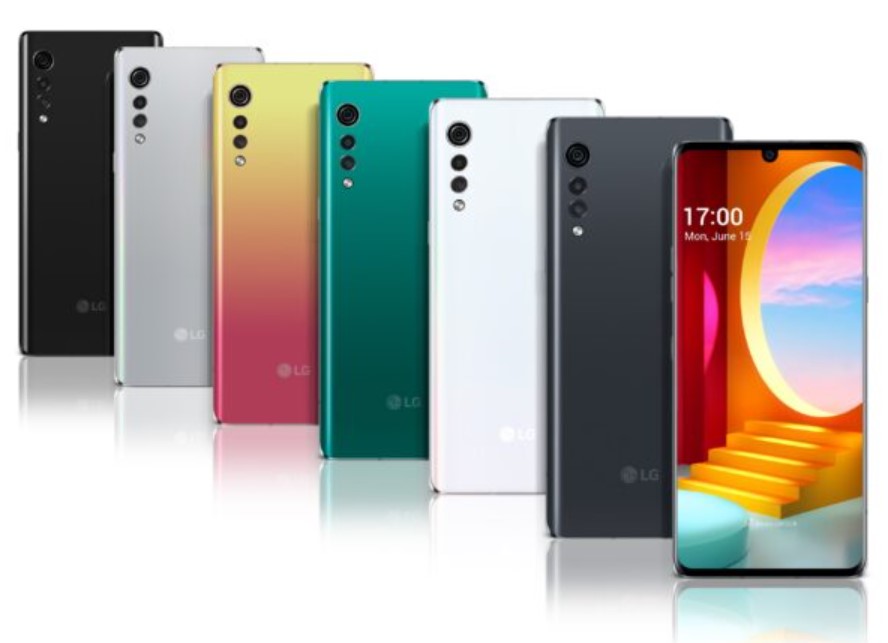Looking back: LG's history of innovative smartphones

With LG officially announcing its exit from the smartphone industry, a #throwback for its innovative smartphones is in order. Unlike many phone makers that aped after other competitors, LG was at times a brave and innovative provider of handsets. Read on to see the iconic phones it once had.

One of the earliest phones with a 5MP camera is none other than the LG KG920. Launched in 2006, the phone's focus and selling point was its camera module - uncommon and powerful for its time. It was nearly excellent if not for the lack of 3G network connectivity.

In 2009 at CommunicAsia, LG launched the "world's first phone with a transparent touchpad". That's the LG GD900 Crystal, and it wasn't just special-looking for its time. It came with an 8MP camera, had 3G connectivity, Wi-Fi support, and fully customisable Gestures to have shortcuts of your choosing.

Before smartwatches were smartwatches, LG had something called a "watch phone". 2009 also saw the LG GD910, a device that offered core functionalities of simpler phones of its time, but in a wristwatch form factor.
If anything, it was a pain to create text messages on this dialer, but it worked exactly as advertised.

Remember when 3D television sets were all the rage in the 2010s? Fast forward to 2011 and the Korean electronics giant launched the LG Optimus 3D - a smartphone that packed a 3D-capable display that did not require 3D glasses (a technological miracle for its time).
It was rivalled by an HTC equivalent too.

Back when Android was at version 4.4.2 (Jelly Bean), LG offered the LG G2, a full touchscreen Android phone that also packed rear buttons for volume control. The buttons also doubled as shortcuts.
Most phones from 2013 had volume rockers on the sides (even until today), so the G2's rear buttons was largely welcomed for improved phone handling.
ALSO READ: Specs of LG's rollable phone and next flagship phone revealed

In the same year that birthed the LG G2 was the LG G Flex, a smartphone with a curved display. It had "self-healing" properties too, which was a special protective film on the display that erased scratches. This was also a time when 6-inch displays on phones were considered almost too large for use.

There was also a time where people were talking about the future of smartphones being highly modular, where you only swapped out components out of necessity. Enter the LG G5, a 2016 smartphone that was the first to truly have modular parts.

The 2018 LG G7+ ThinQ gets a special mention in the history of LG's smartphones, because it was able to achieve something its Korean equal could only manage two years later - a collaboration with K-Pop boyband BTS.
The phone also had an innovative Boombox Speaker feature that used the handset's internal chambers to produce louder audio.

The LG V40 ThinQ was an early penta-camera phone (2018/2019) with features that covered nearly all types of photography. This isn't forgetting that the LG V series phones also packed high-end audio components like Quad DACs since the V20.

The LG Velvet, launched in 2020, had 5G connectivity and a design language ahead of its time. LG at this point stopped chasing after high-end chipsets for their phones, instead opting for a premium mid-range processor for its 2020 flagship.
The phone also had a separately sold Dual Screen for added functionality.
ALSO READ: LG to announce new smartphone with possible T-shaped display

Summing up the march of smartphones is the late-2020 LG Wing, which had a secondary display swivel out to provide extra grip and screen space.
The unique swivelling mechanism isn't the only innovative component, as the phone also had a pop-up front camera and yet remained water repellent.
This article was first published in Hardware Zone.